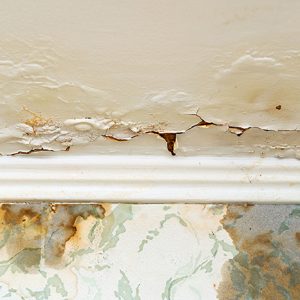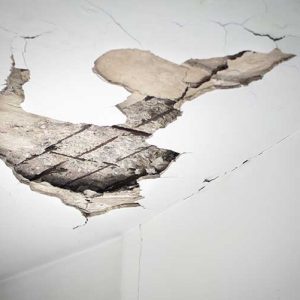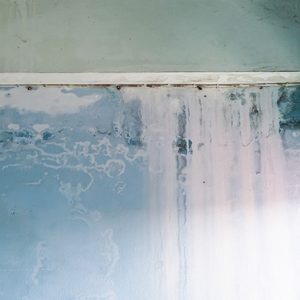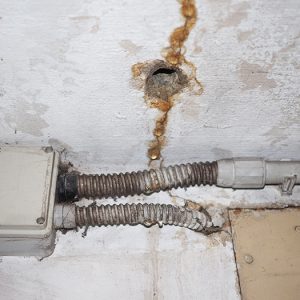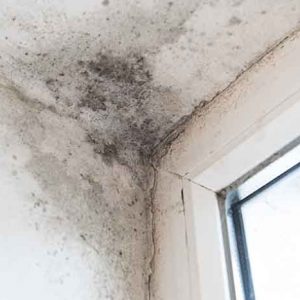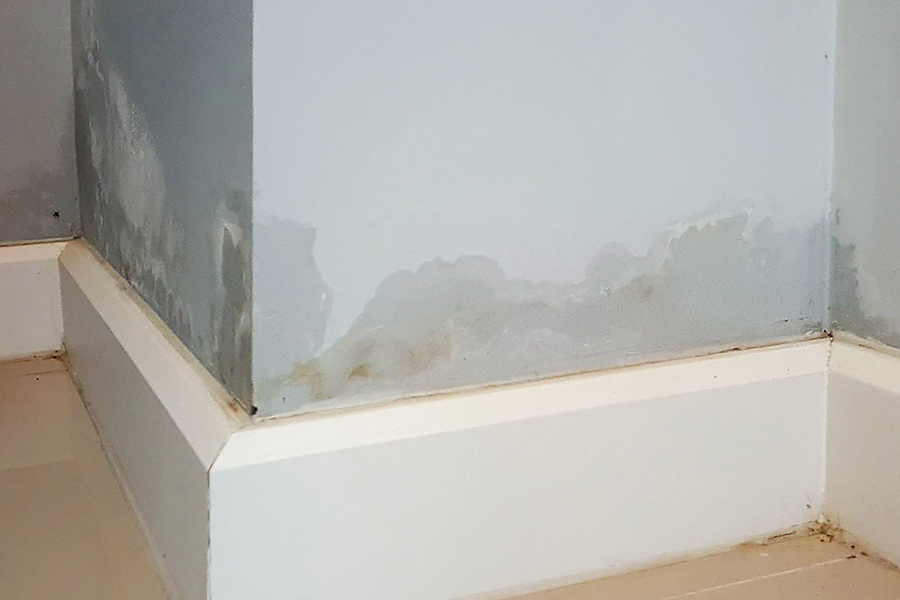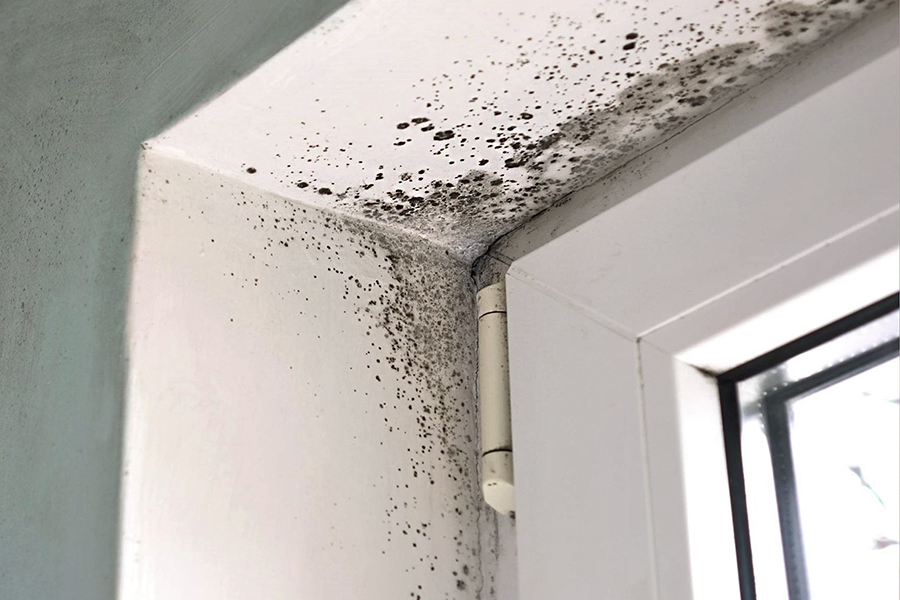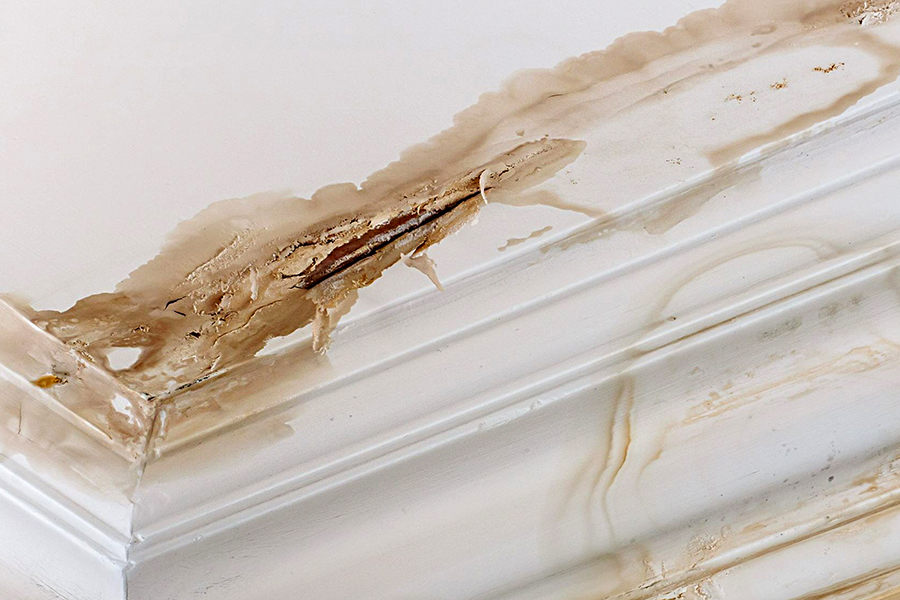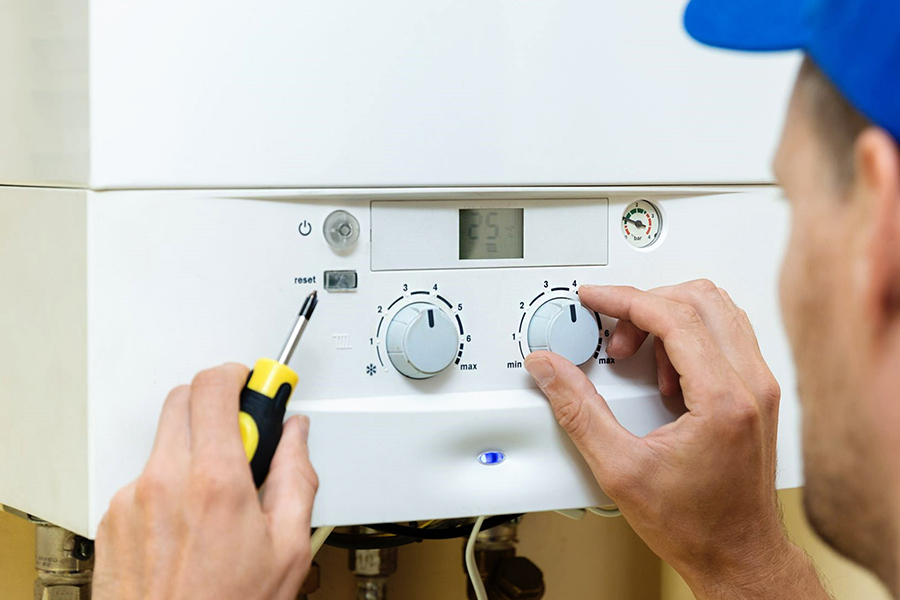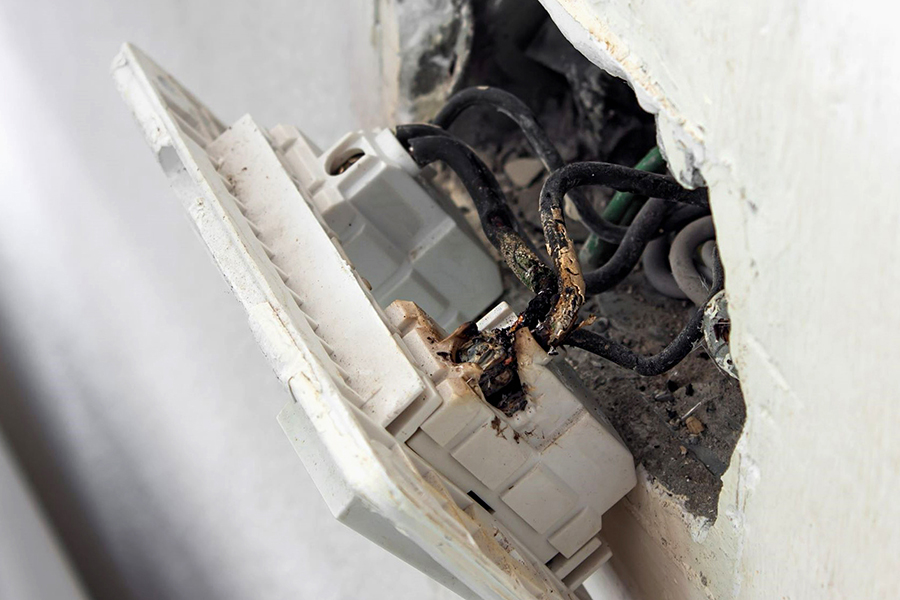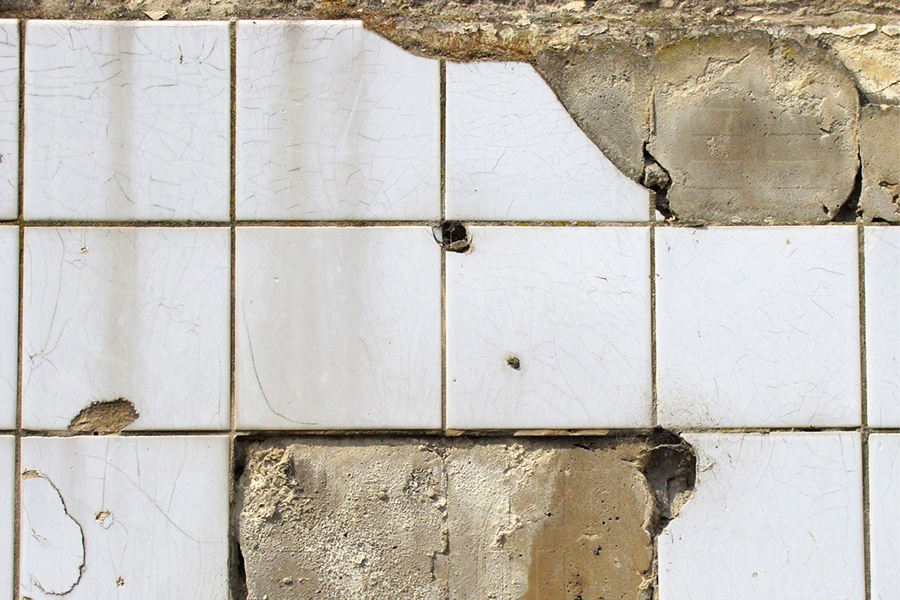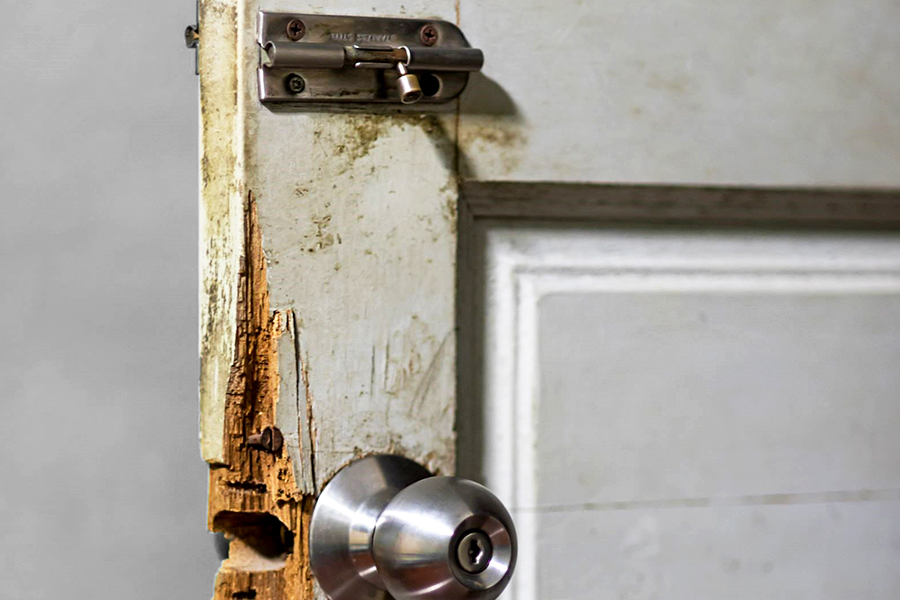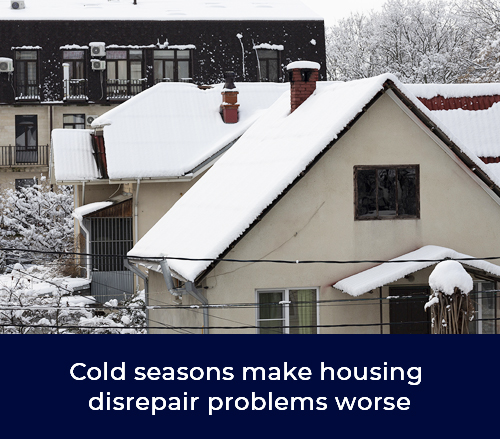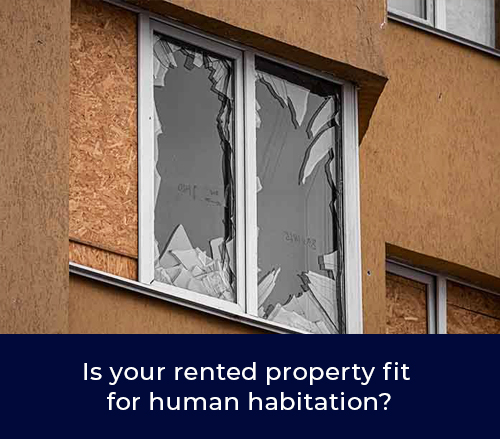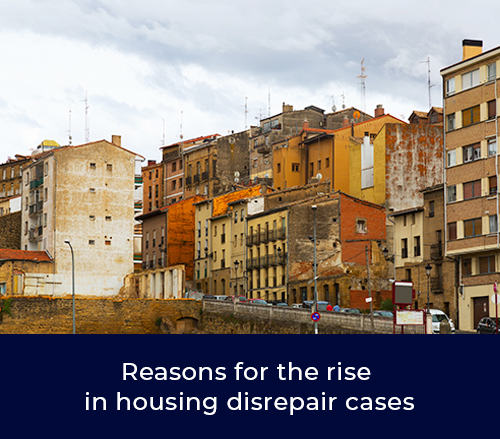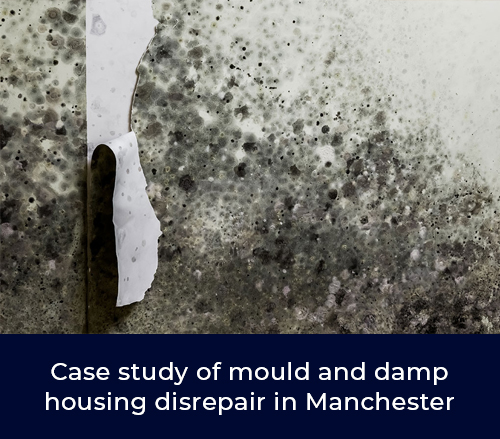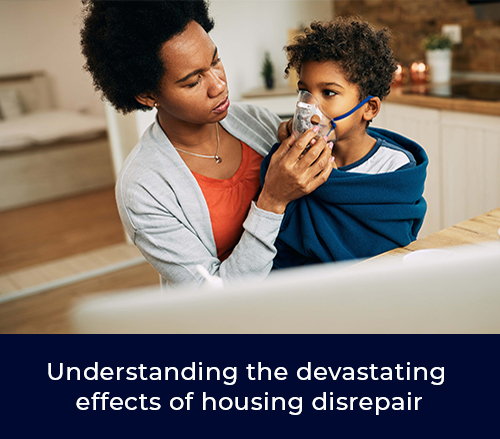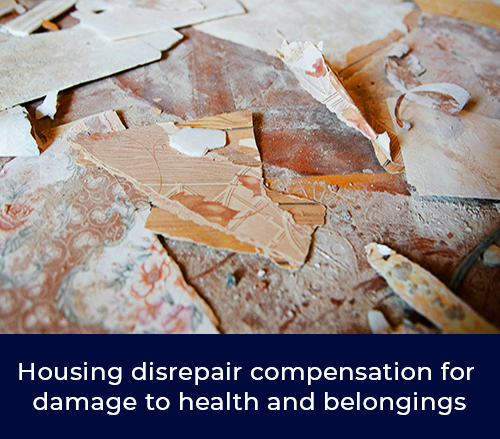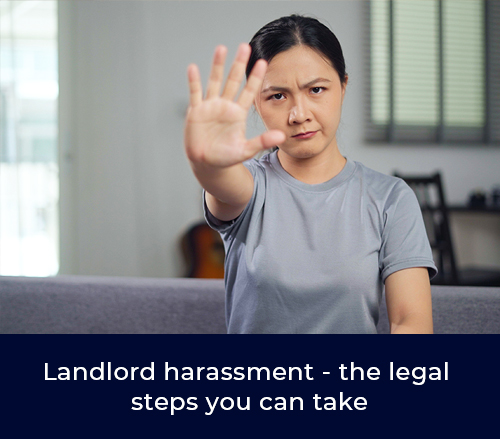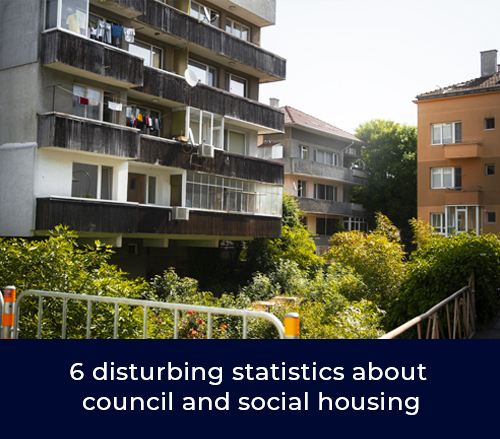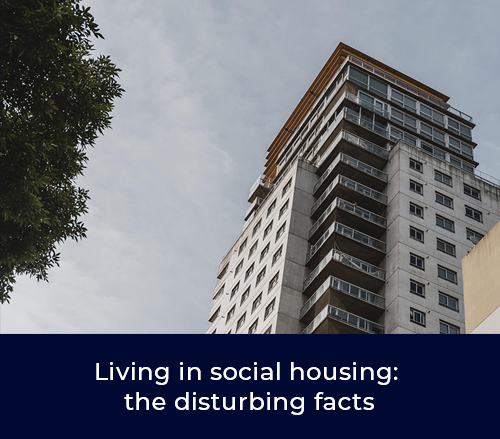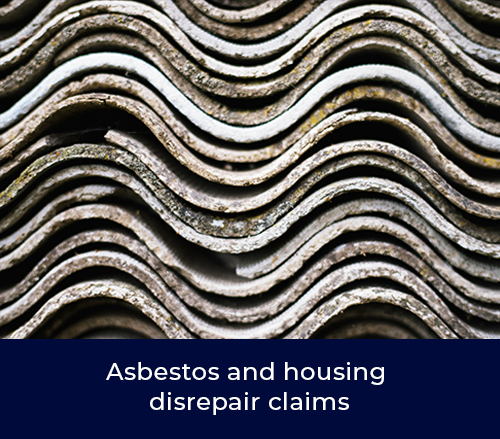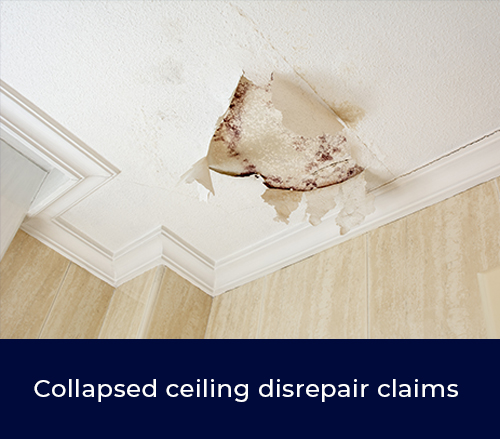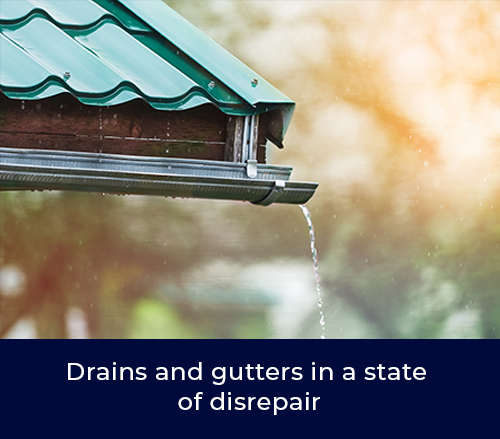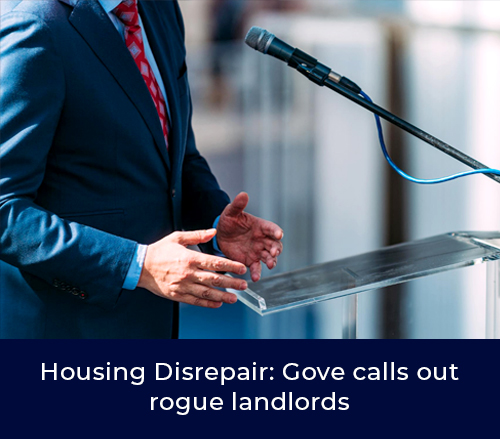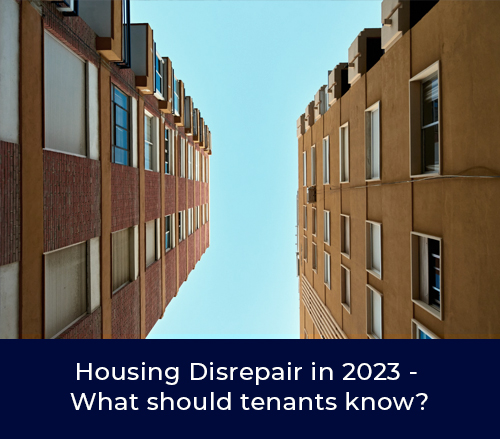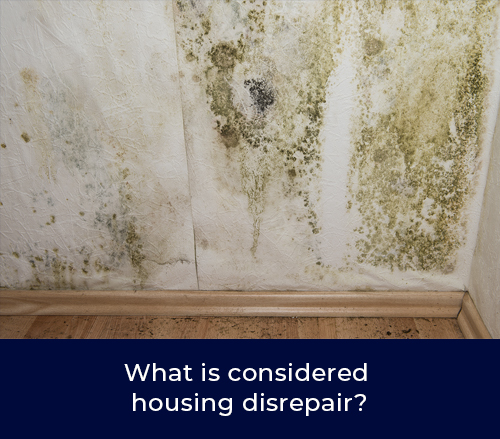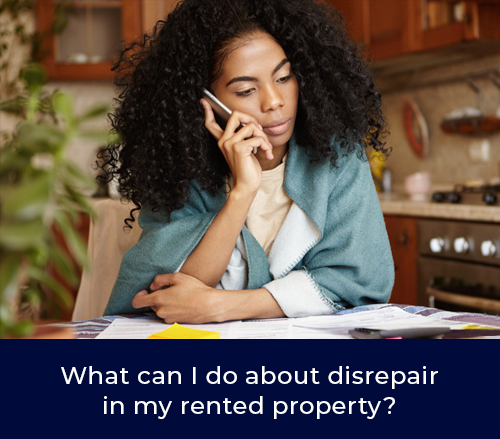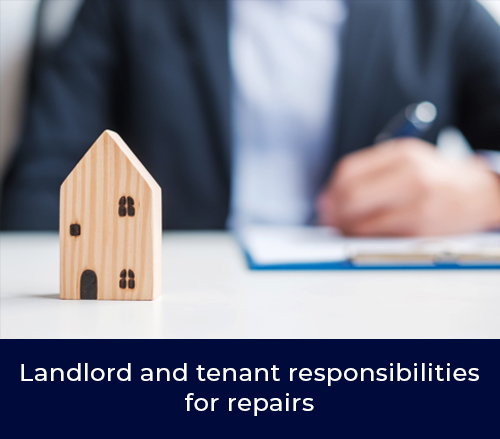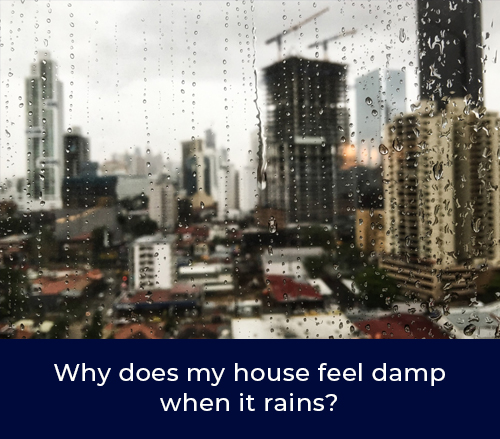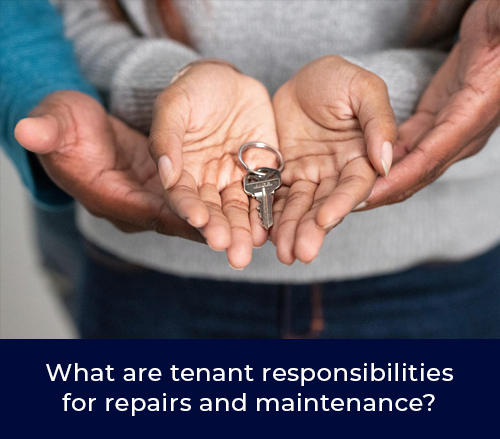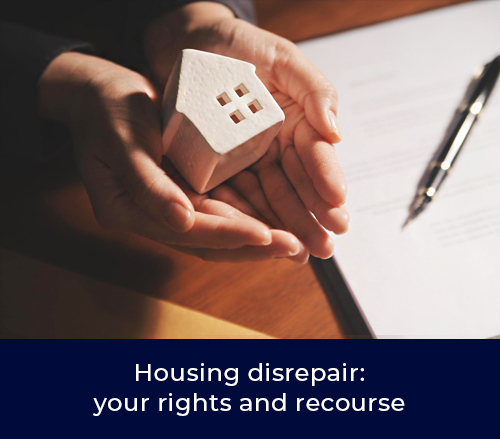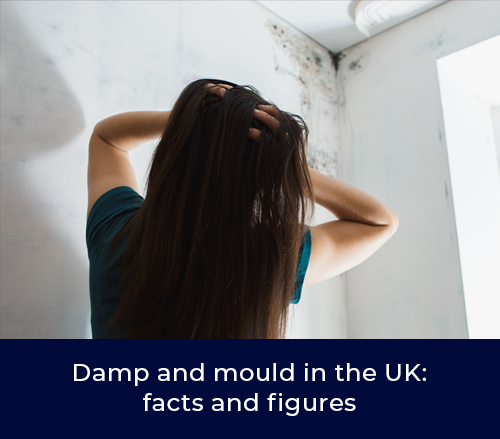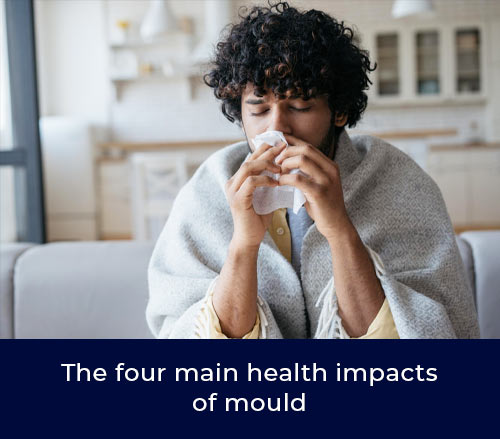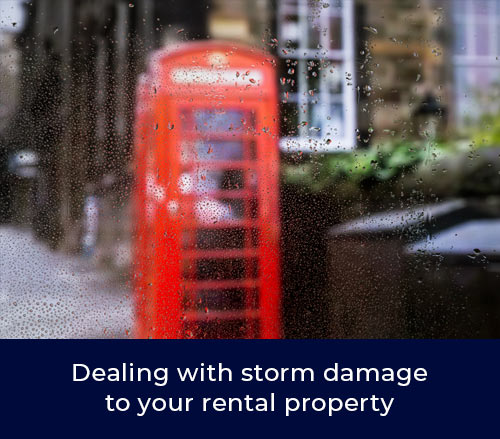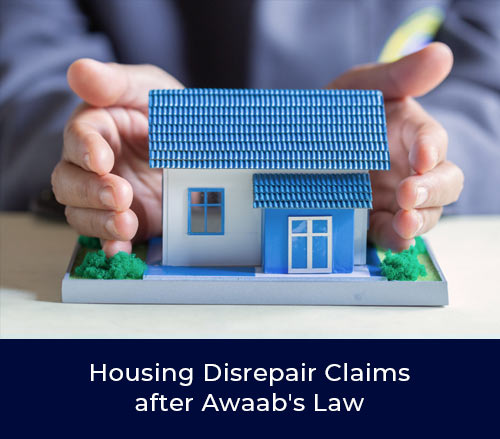Are You a Council or Housing Association Tenant?
Do you need assistance in making your housing disrepair claim? SilverOak Solicitors are here to advise and support you at every step of your legal journey.
Housing Disrepair Claims: mould and damp disrepair, leak disrepair, structural issues, and more. We operate on a No Win No Fee basis for council and housing association tenants with a free initial case assessment.
Are You a Council or Housing Association Tenant?
Is Your Landlord Ignoring Requests for Repairs?
Do you need assistance in making your housing disrepair claim? SilverOak Solicitors are here to advise and support you at every step of your legal journey.
Housing Disrepair Claims: mould and damp disrepair, leak disrepair, structural issues, and more. We operate on a No Win No Fee basis for council and housing association tenants with a free initial case assessment.
Housing Disrepair Solicitors
You are in good hands!
Are you a council or housing association tenant with health problems caused by mould and damp? Are disrepairs causing your utility bills to become abnormally high and causing you financial troubles? You’re not alone. We’ve helped 1000’s like you! If your landlord has failed to carry out necessary repairs within a reasonable amount of time, you may bring a claim against them. We will help you determine whether you have a valid claim and how much you may be entitled to.
Don’t be ignored and fobbed off any longer. Contact us now and our experienced housing disrepair solicitors will fight on your behalf for your repairs and for the maximum amount of compensation due to you. We work on a 100% No Win No Fee basis so you won’t pay anything unless we win. Our success fee is both ethical and one of the lowest in the market.
The housing disrepair claim check list
Can you answer yes to the following questions? If so, please get in touch so that we can discuss your case further:
Are you renting your home from the council or a housing association?
Are your rent payments up to date?
Is your landlord responsible for the disrepair?
Has the disrepair been reported to your landlord?
Has your landlord failed to repair the issue within a reasonable amount of time?
Process your disrepair claim in 3 easy steps with us

1. Get in Touch
Are you a council or housing association tenant? Contact us and tell us about your matter. We work on a 100% No Win No Fee basis, so you won’t pay a penny unless we win. Give as much information as you can. The more information you can provide, the better chance of successfully resolving your case. The initial assessment is always free and with no obligation to engage afterwards. Call 020 8578 7778.

2. Build Your Case
Let our experts do all the legal work for you. We will explain what documents you need to provide so that we can process your application. Once received, our disrepair lawyers will complete and submit the necessary documents to counterparties and courts.

3. Success
Remove the stress by having our disrepair lawyer by your side. Let us do the hard work. We will keep you updated every step of the way resulting in a successful outcome.
Types of housing disrepair
Take legal action now to protect your health and safety
Damp disrepair refers to the condition of a property that has issues with dampness, which can lead to structural damage and health problems, and requires repair.
Mould disrepair refers to a situation where a property has mould growth due to the landlord’s negligence, which can lead to health issues and requires repair.
Pest infestation refers to a property affected by rats, mice, bed bugs, cockroaches or other pests due to the landlord’s negligence, which can cause damage to property and pose health risks to tenants
Water leaks refer to a situation where a property has leaks or bursts in its plumbing, causing damage to the property and affecting the health and safety of the tenants due to the landlord’s negligence.
Broken heating refers to a situation where a property’s heating system is not functioning correctly, causing discomfort and potential health risks to the tenants due to the landlord’s negligence.
Faulty electrical wiring refers to a situation where a property has defective wiring that poses a risk of fire or electrocution to the tenants due to the landlord’s negligence.
Structural issues refer to a situation where a property has problems with its structural integrity, such as cracks in the walls or foundation, due to the landlord’s failure to adequately maintain the property.
Broken fittings refer to a situation where a property has broken or faulty fixtures and fittings due to the landlord’s failure to properly maintain the property, which can cause security risks and inconvenience to the tenants.
Windows and doors disrepair refer to a situation where a property has issues with its windows or doors, such as broken locks or hinges, due to the landlord’s negligence. This can lead to security risks and inconvenience for the tenants.
Get in touch with housing disrepair solicitors
We make it easy for you to speak with our disrepair experts
Use the online chat on our website
Call us on 020 8578 7778
E-mail us contact@silveroaksolicitors.com
Visit us at our office. We are open Monday-Friday 9am - 5.30pm
When you first contact us, we will ask for some initial details. You can be assured that everything you discuss with us will be completely confidential, and any information stored by us will be in accordance with UK data protection regulations.
At SilverOak Solicitors, we provide our clients with regular updates using a range of secure platforms such as video calls, voice calls, and secure messaging, all for your convenience!
Read recent client reviews
We have excellent reviews on Review Solicitors and Google
Why choose SilverOak Solicitors?
Personal injury, housing disrepair, and immigration experts
No Win No Fee
We work on a No Win No Fee basis for personal injury and housing disrepair claims. We only take on cases we are confident we can win. If we lose, you don’t pay our fees.
Highly Experienced
Our highly experienced solicitors and consultants have secured millions of pounds in compensation.
Excellent Client Care
You’ll have a dedicated file handler and senior solicitor working on your case so you won’t need to speak to lots of different people.
SRA Regulated Law Firm
We are a trustworthy SRA regulated law firm and member of The Law Society.
What is considered disrepair?
If a rented property requires repairs to make it safe to live in, it’s considered to be in disrepair. The law states that all rental accommodation in England and Wales must meet basic standards of health, safety, cleanliness and durability and be fit for human habitation, regardless of its age or condition.
What are common signs of housing disrepair?
Frequently seen signs of housing disrepair typically include issues like damp, mould, leaky roofs, plumbing issues, heating problems, damaged walls or ceilings, and structural issues. These problems not only affect your home’s structure but can also impact the well-being of its occupants.
What is a housing disrepair claim?
Housing disrepair claims protect you and your rights if your landlord has failed to repair the necessary damages within your home. Understandably, it may frustrate you to live in unsafe accommodation and cannot get the repair work done in a timely manner. Housing disrepair claim is a legal action taken by a tenant against their landlord to seek compensation or repair for issues related to the poor condition of a rented property.
Are you a council or housing association tenant? Unfortunately, not all council and housing association properties are going to be new and in perfect condition. After all, the majority of current council homes were created in the 1950’s or the 1960’s. According to the most recent English Housing Survey, there are around 76,814 buildings that are in a substandard condition. The majority of these are old council houses.
Worse still, the disrepair may cause damage to your belongings or even cause you to suffer a personal injury. Remember that your landlord owes you a duty of care which they need to take seriously. If they have failed, you need to start making enquiries into housing disrepair claims.
What are landlord responsibilities?
It’s important to understand that your landlord is responsible for the upkeep and maintenance of your house. Your duty as a tenant is to keep your home clean and tidy – however, your landlord needs to make sure that it is in a habitable state to be lived in. That means there can’t be anything in your home that could cause a personal injury or an inconvenience. Some examples of what they are responsible for include:
- Providing access to working sanitation e.g. toilets, sinks etc
- Gas, electricity, heating system and water maintenance
- Issues with mould and damp within the house
- Issues with vermin or pest infestation
- Fire safety items such as smoke alarms
- External structure damages and problems
- Security within and around property
- Ensuring that gutters and grains are clear and working
Who is responsible for repairing housing disrepair issues?
The responsibility for repairing housing disrepair issues typically falls on the property owner, whether that is a landlord, housing association, or homeowner. In rented accommodations, it’s the landlord’s responsibility to maintain the property in good condition.
How to report housing disrepair to my landlord?
You should report the disrepair issues to your landlord as soon as possible. They are legally obliged to address and resolve the matter promptly. Write a detailed letter or email outlining the issues, including photos for evidence. Specify the necessary repairs and set a reasonable deadline. Be clear and concise in your communication. If your landlord fails to respond or address the problem, follow up with them. Consider involving local authorities or seeking legal advice to protect your rights as a tenant. Throughout the process, maintain proper documentation to support your case and ensure a safe place to live.
What is landlord negligence?
When you sign a contract with your landlord saying you will pay rent to stay in their accommodation, they have a legal duty to keep you safe. If they fail to adhere to this duty of care, then they could be held guilty of negligence. Negligence could occur if your landlord:
- Ignores your requests for help
- Becomes aggressive when asked for help
- Causes more damage by using an unqualified tradesperson
- Demands that you pay for the damages
- Demands that you fix the damage yourself
If you have reported the disrepair to your landlord and they fail to help you within one month, it’s time for you to start looking for legal help. This is where SilverOak Solicitors can step in to help you understand whether or not you could be eligible for compensation.
How much can I claim for housing disrepair?
Every housing disrepair matter varies in severity, so we cannot determine how much you may be entitled until we assess your case. This is a detailed list of the things you can claim for:
Damage to Property:
If your personal property has been damaged, from mould or a leak for example, you will be able to claim for the expense of replacing or repairing these items. Examples might include broken TVs, damaged bedding, clothes, carpets, and furniture.
Personal Injury:
Housing disrepair can cause a number of adverse health effects, including:
- Pneumonia
- Asthma
- Gastrointestinal problems
- Carbon monoxide poisoning
- Depression and anxiety
Furthermore, if you or a family has suffered as a result of your landlord’s negligence you can claim compensation for:
- Medical costs
- Aftercare
- Medication
- Pain and suffering
General Inconvenience and Suffering:
You do not need to have suffered an injury to claim compensation. You can receive compensation if the disrepair has caused you inconvenience and suffering. For example, if you have been unable to use the bathroom or have been unable to cook.
Did you know that the most common housing disrepair claims are about mould and damp? Apparently, one in five homes are infected with mould. Unfortunately, mould can leave your clothes and house smelling strange. It can also make it more likely that you could suffer from breathing issues and eye infections. Speak to your landlord quickly to get it treated.
What evidence do I need to make a claim?
It’s crucial to document housing disrepair issues thoroughly. Take photos, keep records of communications with your landlord, and gather any relevant paperwork, such as inspection reports and repair requests.
Your disrepair evidence can include:
- Photographs
- Videos
- Witness Statements
- Medical Records
- Police Records
- Diary Entries
- Damaged Belongings
- Receipts
You should send all the information you have to us to ensure that your claim can move forward smoothly. We will take your evidence and use it to prove your case to your landlord. That way, we can prove that landlord’s negligence requires compensation for their actions and settle compensation agreement.
Are you afraid of your aggressive landlord?
If you feel nervous that your landlord may act aggressively towards you due to the fact that you have made a complaint, we can handle the settlement agreement and all the future interactions. You have nothing to worry about. Your lawyer will be the person to speak to your landlord instead of you.
Can I withhold rent due to housing disrepair?
In some cases, tenants may have the right to withhold rent if their landlord is not addressing housing disrepair issues. However, it is essential to follow proper legal procedures when starting a housing disrepair claim, and you should seek legal advice of an experienced housing disrepair solicitor.
Why you should hire a housing disrepair solicitor
You may need a housing disrepair solicitor if you are a tenant living in a property that is in a state of disrepair and your landlord has failed to make necessary repairs or address issues. Our housing disrepair solicitors can help you understand your legal rights and options, negotiate with your landlord or their representatives, and pursue legal action if necessary to ensure your property is properly maintained and your rights as a tenant are protected.
Contact us today and book a free case assessment to check whether you have a valid basis to make a claim. Give us a try and see the difference for yourself. We operate on a No Win No Fee basis so you won’t pay anything unless we win your case. Our experienced housing disrepair solicitors will fight on your behalf for your repairs and the maximum compensation you deserve.
Making a housing disrepair claim
Has your landlord failed to make repairs to your home?
Our highly experienced housing disrepair solicitors will fight for your repairs and compensation on a No Win No Fee basis so you won’t pay anything unless we win your case. Our success fee is ethical and the lowest on the market. Contact us for a free case assessment.
If your rented home doesn't meet basic living standards because of problems like damp or mold, you have the right to seek compensation. To do so, you must have reported these issues to your landlord and allowed them a reasonable amount of time to address the problems. If they haven't taken action, you can file a claim for damage, personal injury, financial losses, and/or disturbance.
Your landlord must take care of the necessary repairs, such as fixing a broken heating system, repairing leaky pipes, or replacing a faulty electrical wiring, no matter what your rental agreement says. Your landlord may be responsible for additional repairs stated in your tenancy agreement.
Claims can be made during your tenancy, as long as you are making the claim within 6 years of the date that you informed your landlord of the disrepair. Personal injury claims related to housing disrepair must be made within 3 years of the date that you informed your landlord.
Repairs may not be your landlord's responsibility if they resulted from your failure to properly maintain the property or engaging in unreasonable behaviour.
Related articles to housing disrepair
Housing disrepair solicitors near you
Are you looking for a housing disrepair solicitor? You are in the right place. We’ve been serving the local community for years and have earned a solid reputation. We are a friendly law firm based in London with a nationwide reach. We know that the law can be very complex so it’s important to have an expert by your side. Whether you need us to help or just want to learn more about your options, we are happy to assist.
Housing Disrepair Solicitors Southampton
Housing Disrepair Solicitors Newcastle
Housing Disrepair Solicitors Coventry
Housing Disrepair Solicitors Glasgow
Housing Disrepair Solicitors Cambridge and Cambridgeshire
Housing Disrepair Solicitors Nottingham
Housing Disrepair Solicitors Norwich
Housing Disrepair Solicitors Edinburgh
Housing disrepair in England
According to the latest English Housing Survey, a concerning 76,814 properties in the UK have been categorized as “non-decent.” This study, conducted in March 2020 by the English Housing Survey, revealed a significant number of council-owned properties in a state of disrepair. Shockingly, this represents a substantial increase in disrepair cases, with approximately 5,500 more homes affected compared to 2019.
Over the last five years, 17,000 disrepair claims have been filed across 70 English Councils, resulting in payments exceeding £55.1 million. Notably, £48 million, which accounts for 89% of these costs, has been concentrated in 13 London boroughs, as well as Birmingham, Manchester, and Sheffield.
Roughly, one out of every seven homes does not meet the national standard but is still being rented as council housing. As per Shelter, a homelessness charity, almost half (48%) of families and individuals living in council housing don’t feel safe in their own homes. They believe that disrepair issues are jeopardising their safety.
Housing disrepair in Scotland
According to Scottish House Condition Survey the overall housing condition in Scotland has made progress since 2012. However, it also highlights that a significant 68% of homes in Scotland still exhibit some degree of disrepair.
In Dundee City, the disrepair rate for critical elements was the highest at 77%, while North Ayrshire had the lowest rate at 29%. Additionally, eight other local authorities had disrepair rates higher than the average of 53%, while eleven had rates lower than the average.
When it comes to the severity of disrepair, Aberdeen City had the highest rate of urgent disrepair to critical elements at 37%, while West Dunbartonshire had the lowest rate at 10%.
Housing disrepair in Wales
In 2017-18, about 238,000 homes in Wales (that’s around 18% of all homes) were identified with significant housing disrepair hazards. These issues indicate poor housing conditions. The most common hazards were linked to accidents like falls at home and the problems caused by living in cold, damp, and mouldy houses.



